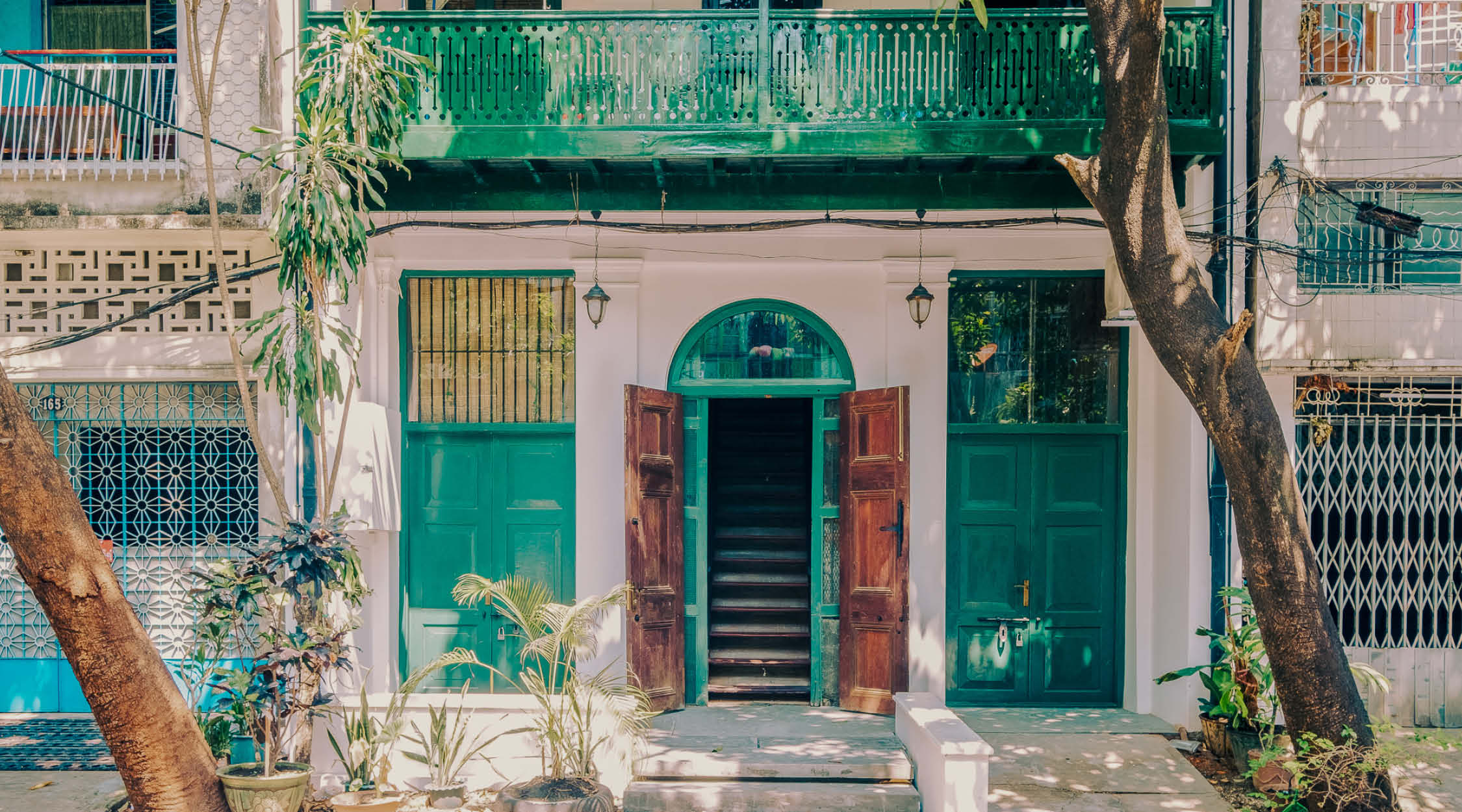
Doh Eain: Helping the Community By Renovating Historic Homes
Doh Eain, which translates to “Our Home” in Burmese, began heritage homes activities at the close of 2015. Emilie Roell, the company’s founder, assisted a financially struggling Yangon, Myanmar family in renovating their historic apartment. With Doh Eain’s financial and design assistance, their apartment was renovated to contemporary standards and rented to a new tenant. The renovation was repaid over time, and the family began to enjoy a steady monthly income. Soon, other family members and friends in the city who owned historic properties made similar requests for restoration assistance. Doh Eain was formally established in 2017 and has provided investment and restoration services to 25 properties in Yangon.
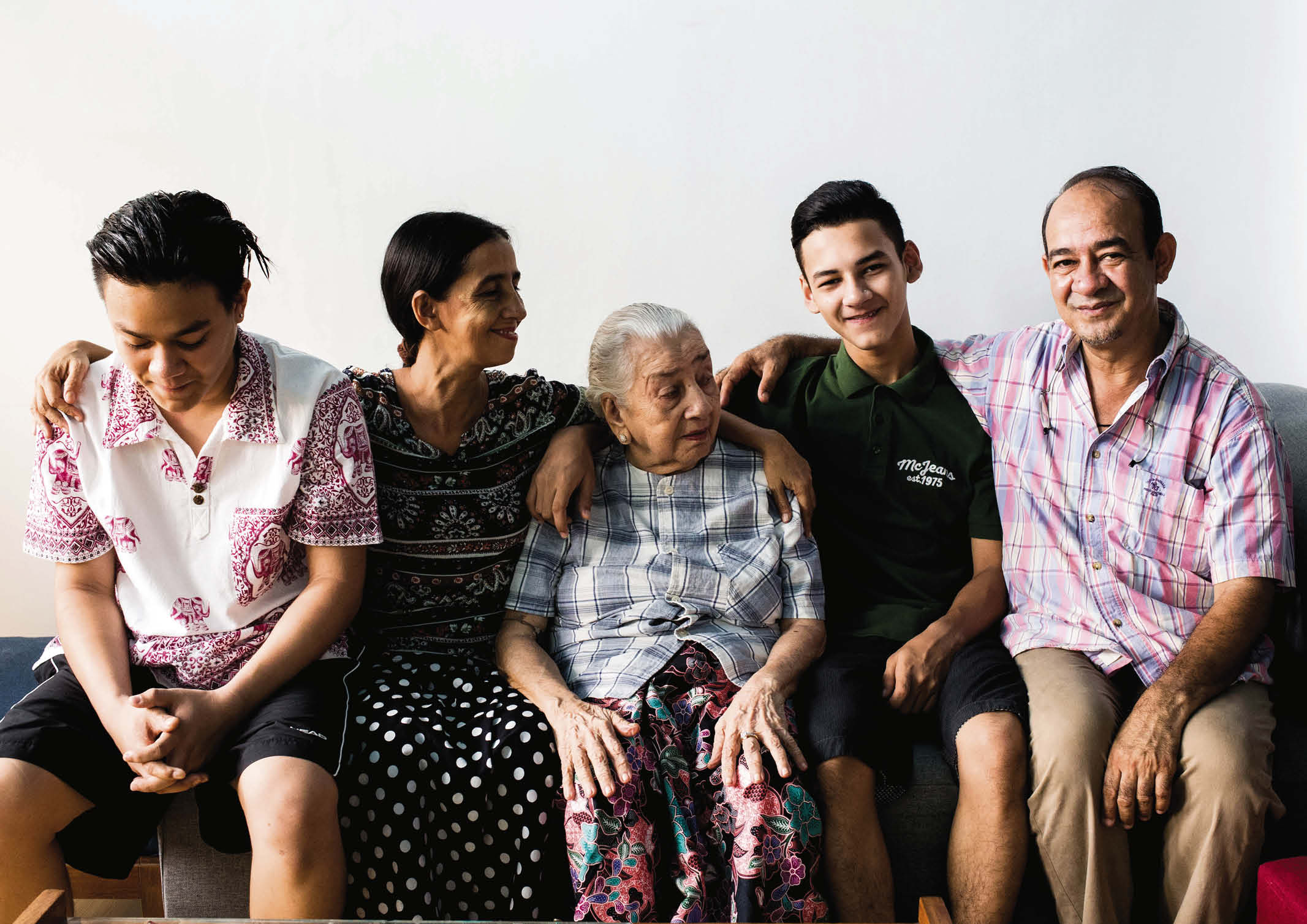
Heritage Homes by Doh Eain is a platform for people who share an interest in and commitment to the preservation of family-owned heritage properties, local culture, and the distinct identity of cities. The organization, which is currently active in the Philippines, Georgia, and Myanmar, collaborates with homeowners and local communities to restore and maintain historic homes.
Heritage Homes provides a community for homeowners as well as a suite of support services ranging from listing their own heritage-only property platform to restoration investment advice and design services. At the same time, heritage lovers and supporters can stay, rent, purchase, or invest in their global selection of historic properties.
U Thein Aung and his 47th Street Building
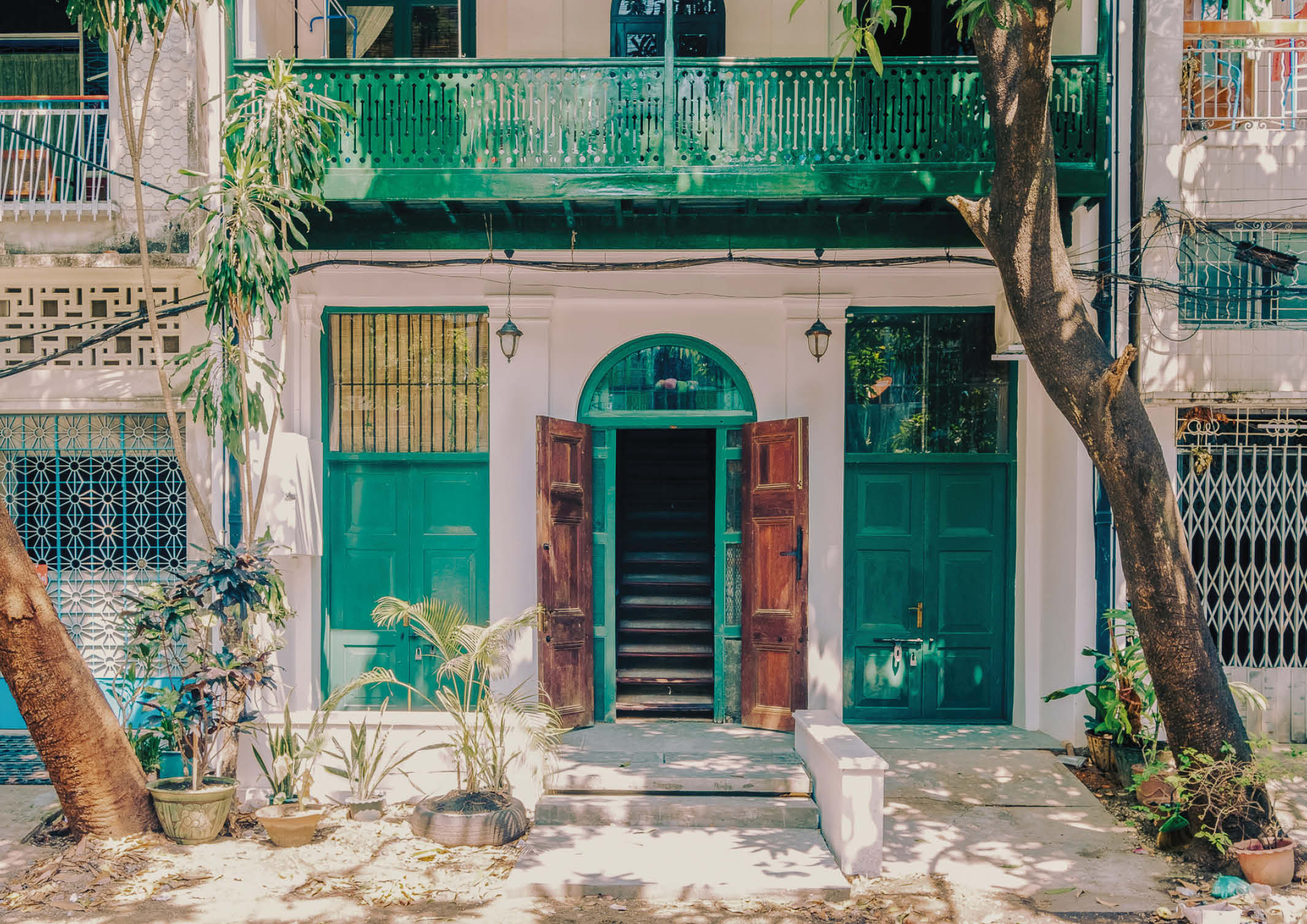
U Thein Aung became interested in the Heritage Homes model after seeing many of the buildings he grew up around demolished to make way for new condos that often looked good only after they were built. He wanted to find a better way and worked with Heritage Homes’ architects to turn his two storey building into three high quality flats. Ultimately, he hopes that the building will be occupied by his family once the lease period expires, with each of his three children receiving one of the flats.
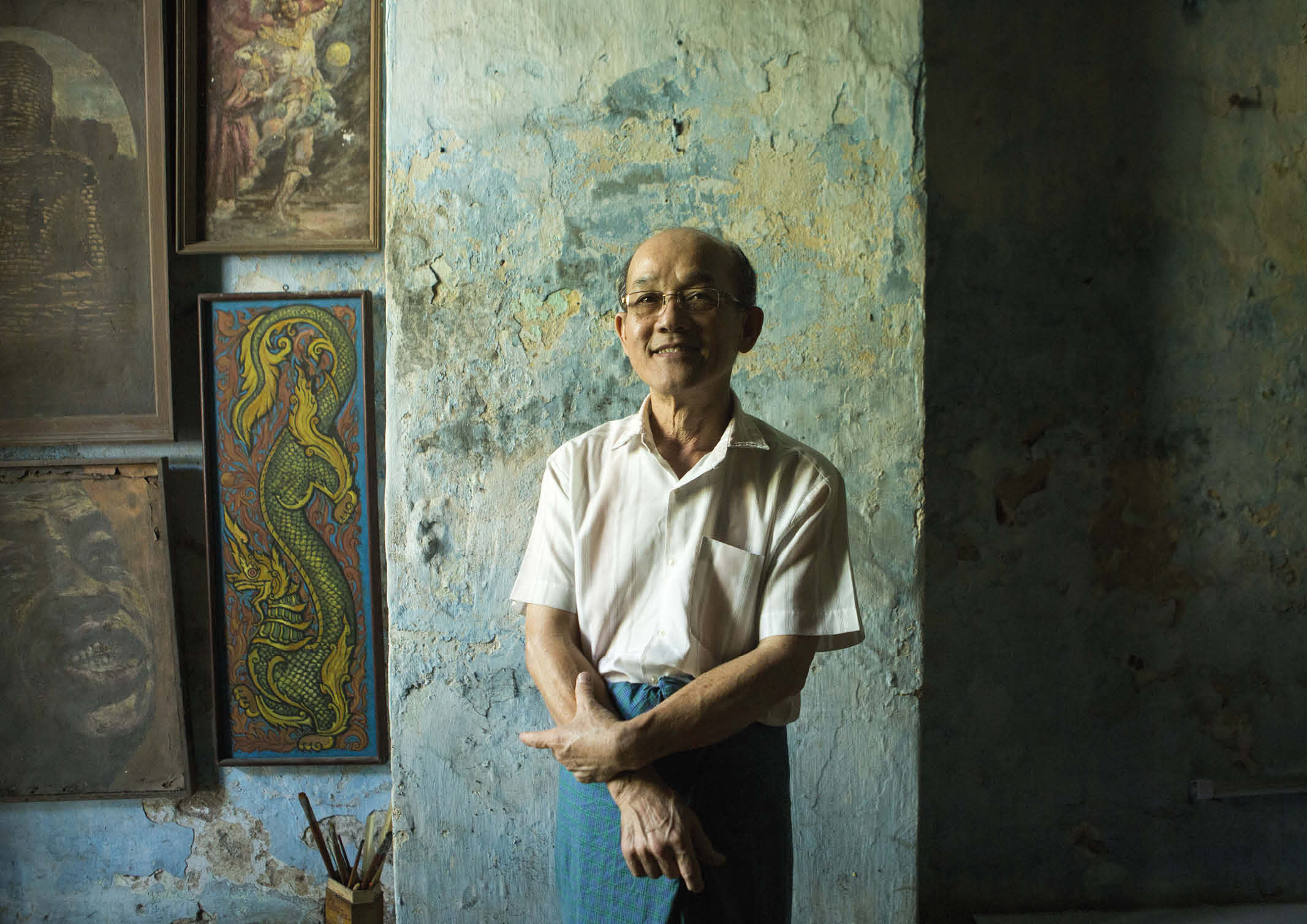
The Doh Eain team transformed the building, situated on a quiet and leafy street in Yangon’s Botahtaung township, into three stunning apartments. The designs prioritized sensitivity and respect to the historic fabric of the building and sought to champion the original materials and details. Wherever possible, original materials were recycled with only minor, reversible modifications.
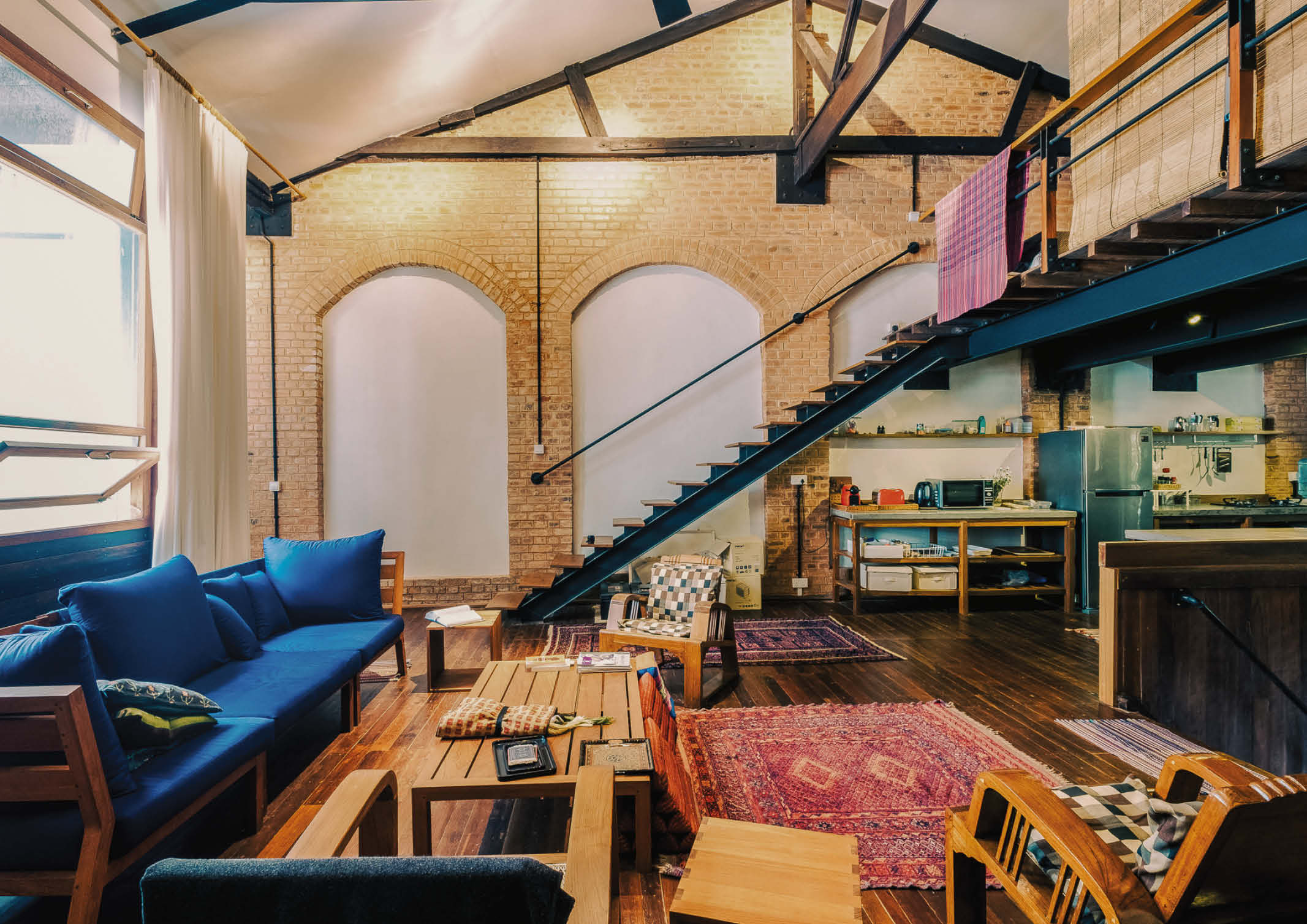
The largest of the apartments sits on the first level and has an original staircase that leads directly to the large, open-plan living, kitchen, and dining space. Additionally, the apartment features a spacious master bedroom and a mezzanine guest room. Its interiors feature rich textural elements, including exposed brick walls, polished teak floors, steel ceiling beams, and floor-to-ceiling doors that open onto a spacious balcony.
Research on the Impact of Restoration on Energy Consumption
The Doh Eain team strives to monitor the effects of every project they undertake. The building’s renovation presented an opportunity to examine the effect of restoration on energy consumption. The organization conducted a study comparing an unadapted historic building, an adapted historic building, and a newly constructed building for affordable housing. These models were used to determine how the building fabric affected the amount of energy needed to keep the interior at 24 degrees Celsius.
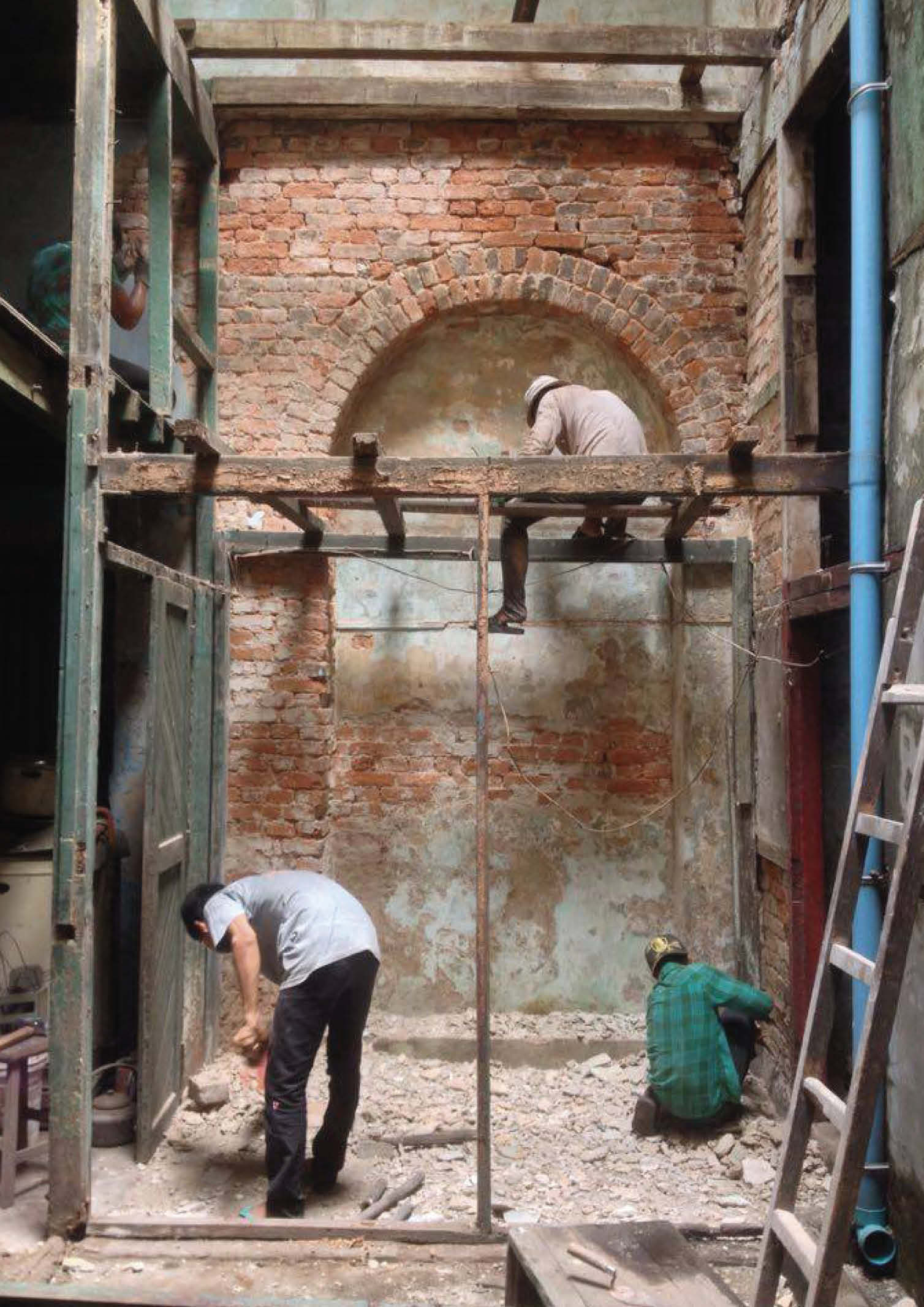
Before and after the renovation, a modeling program was run as part of the research process, and the results were compared to a model of a cost-effective new building constructed in accordance with regulations. Utilizing actual live weather data, the organization examined spatial configurations, wall thicknesses, and material types. Moreover, factors regarding occupancy, the quality of the construction, air infiltration, and air conditioning and electrical appliances were also considered.
The headline result was significantly more dramatic than predicted: the adapted heritage building was performing extremely well and the new build was performing significantly worse than anticipated. We found in this case that the construction specifications of a modern, affordable apartment building resulted in high demands on energy consumption for air conditioning.
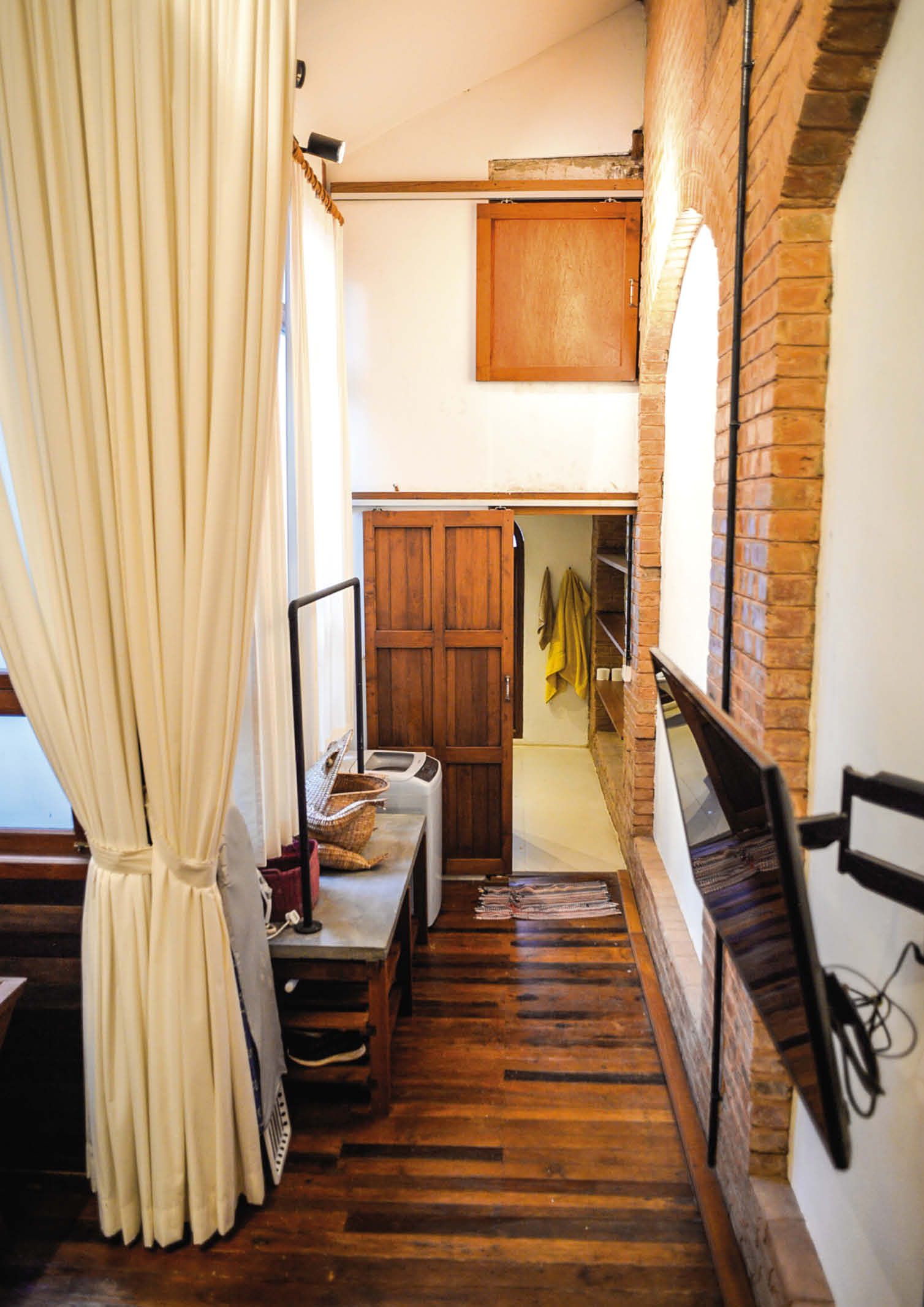
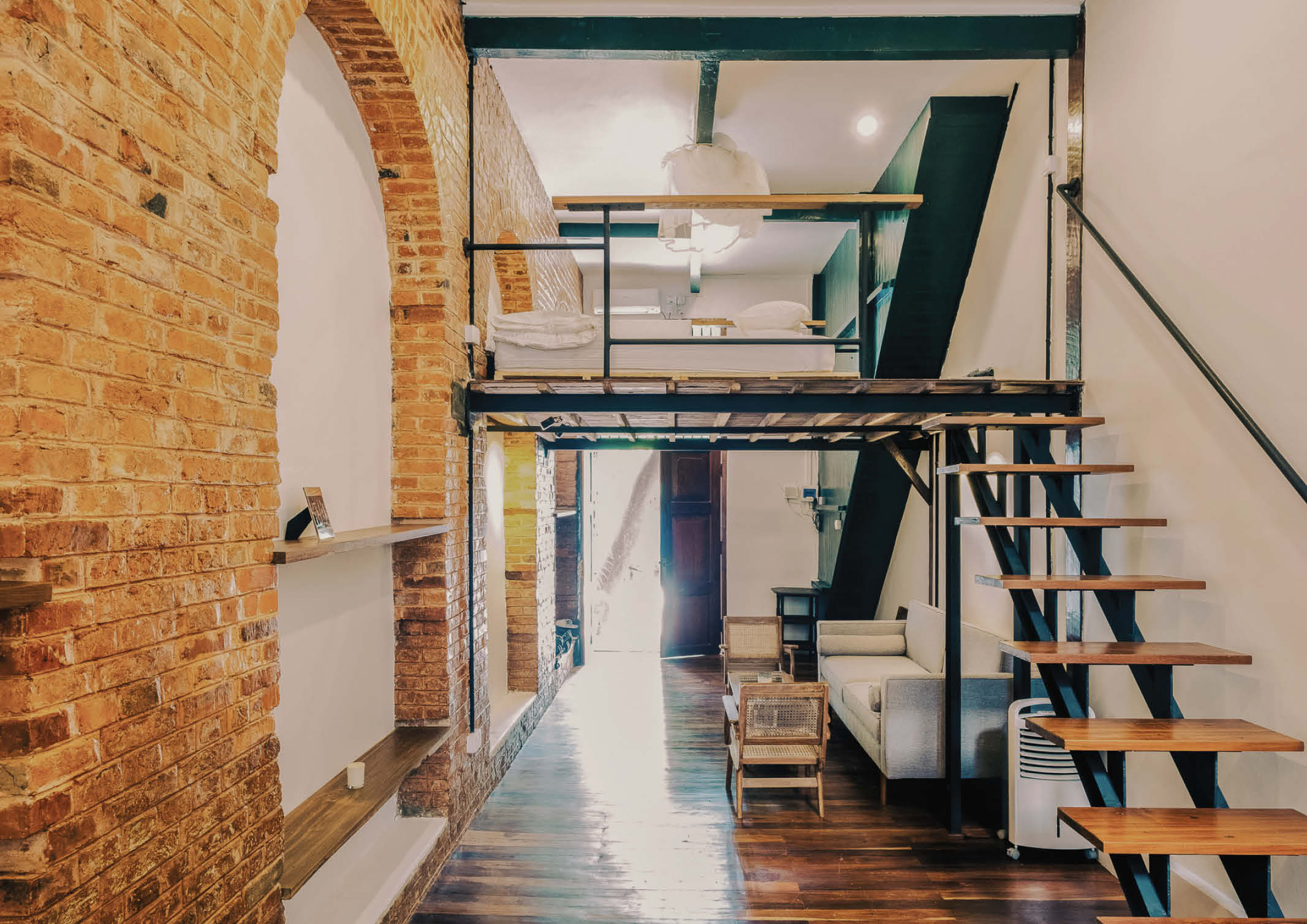
One intriguing effect was that thermal mass had very little effect during the monsoon season, when the regular temperature range was low. This demonstrated that other interventions in the building’s composition, such as insulation and double glazing, were controlling and reducing energy consumption. The research proved the impact these interventions can have on sustainability if incorporated into old buildings.
Renovations can occasionally be more expensive than the standard rate per square meter for new construction of affordable housing. However, if the regulations were applied with greater rigor, the cost differential would be reduced, as affordable housing developments would be compelled to improve their quality and be justifiably more expensive than they are now. Until then, this study provides further justification for those with the means to invest in the restoration of historic structures.
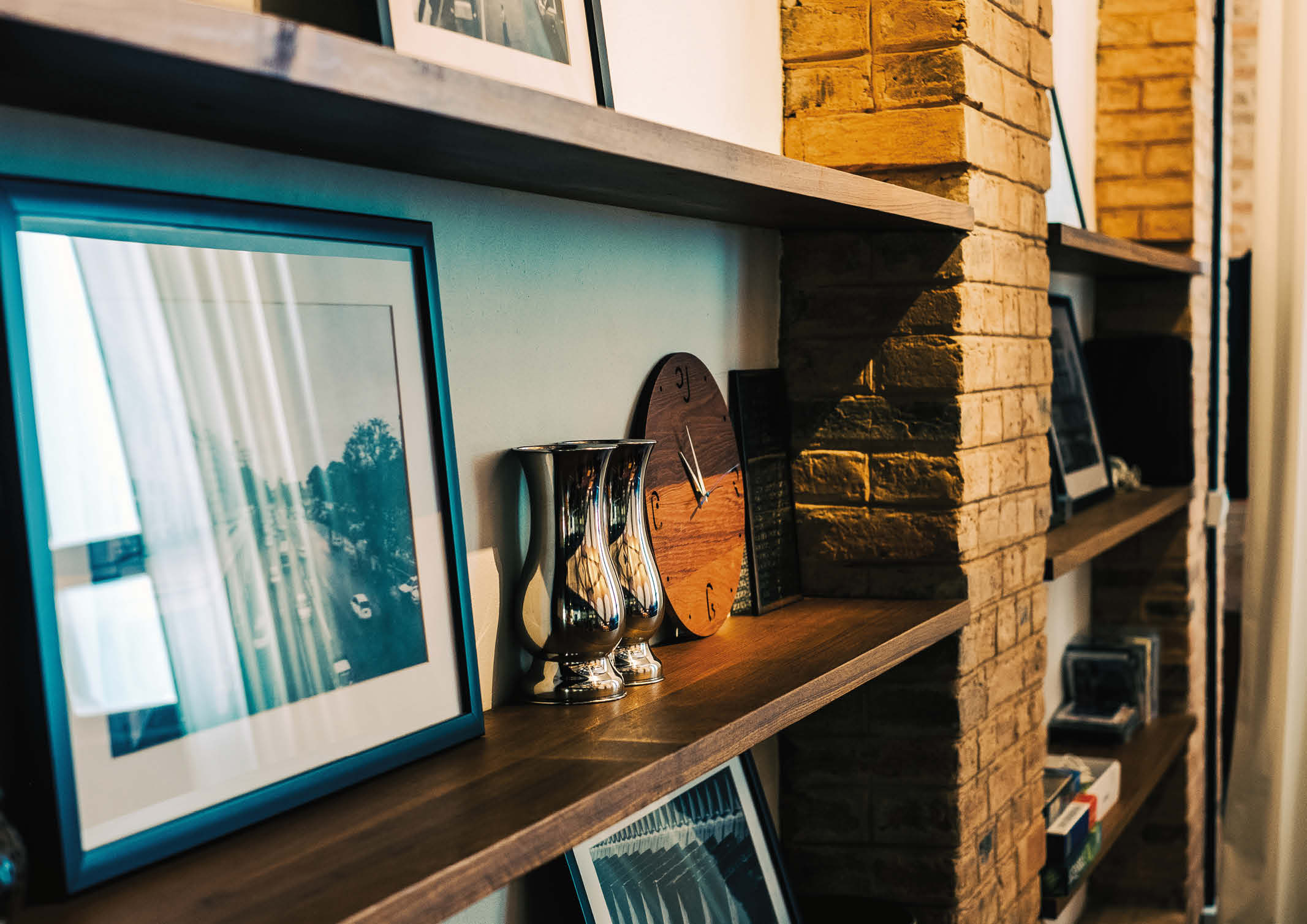

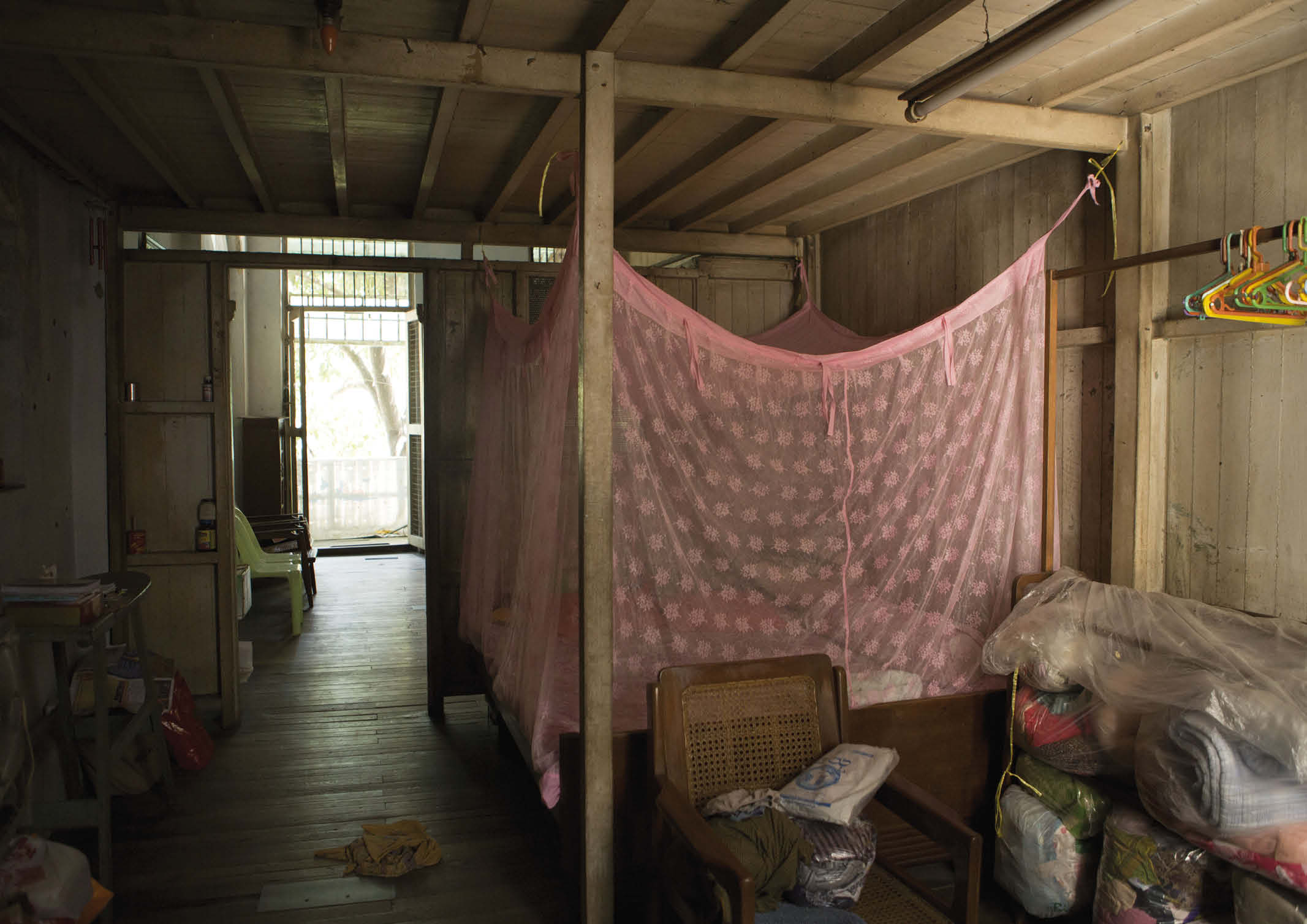
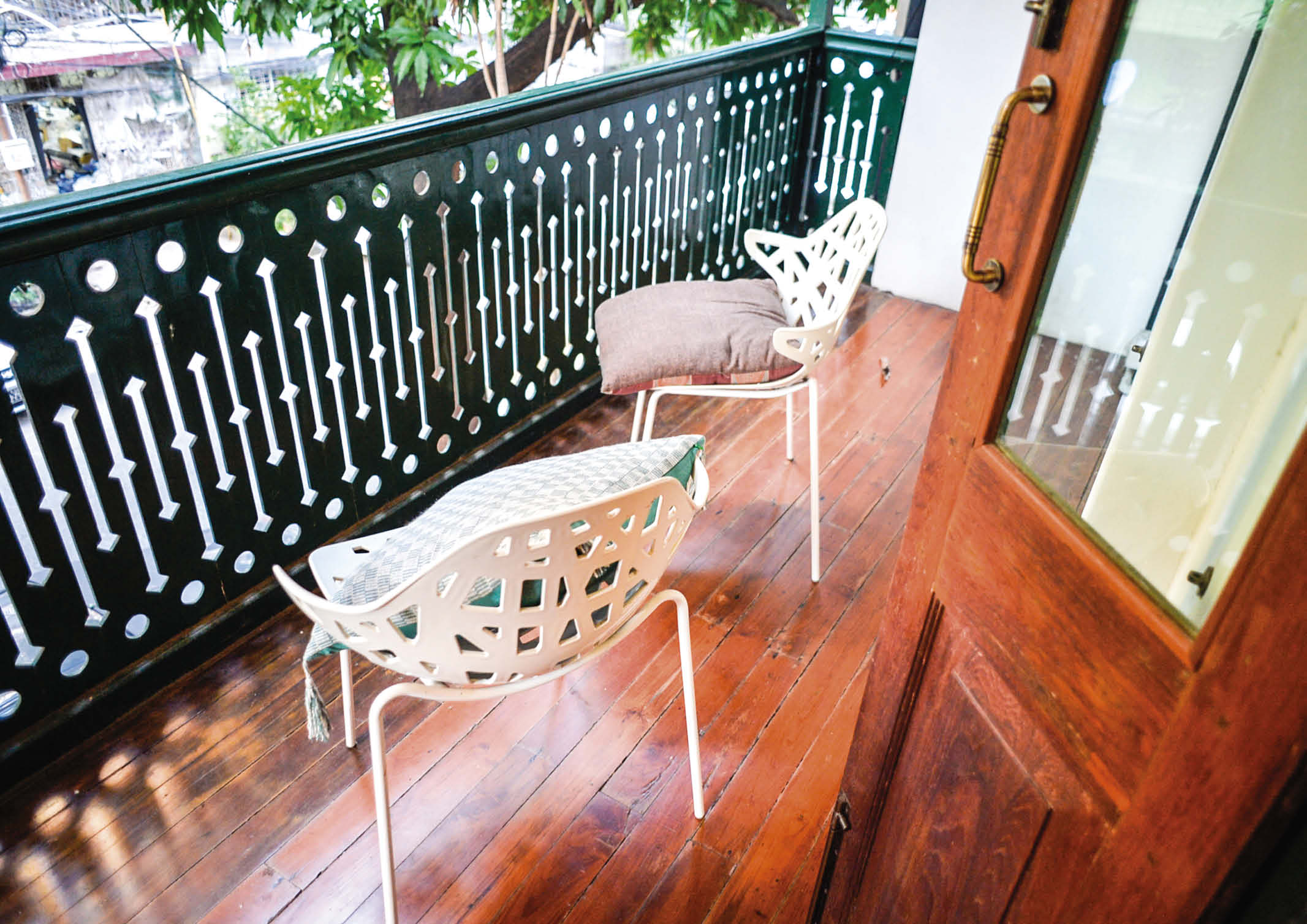
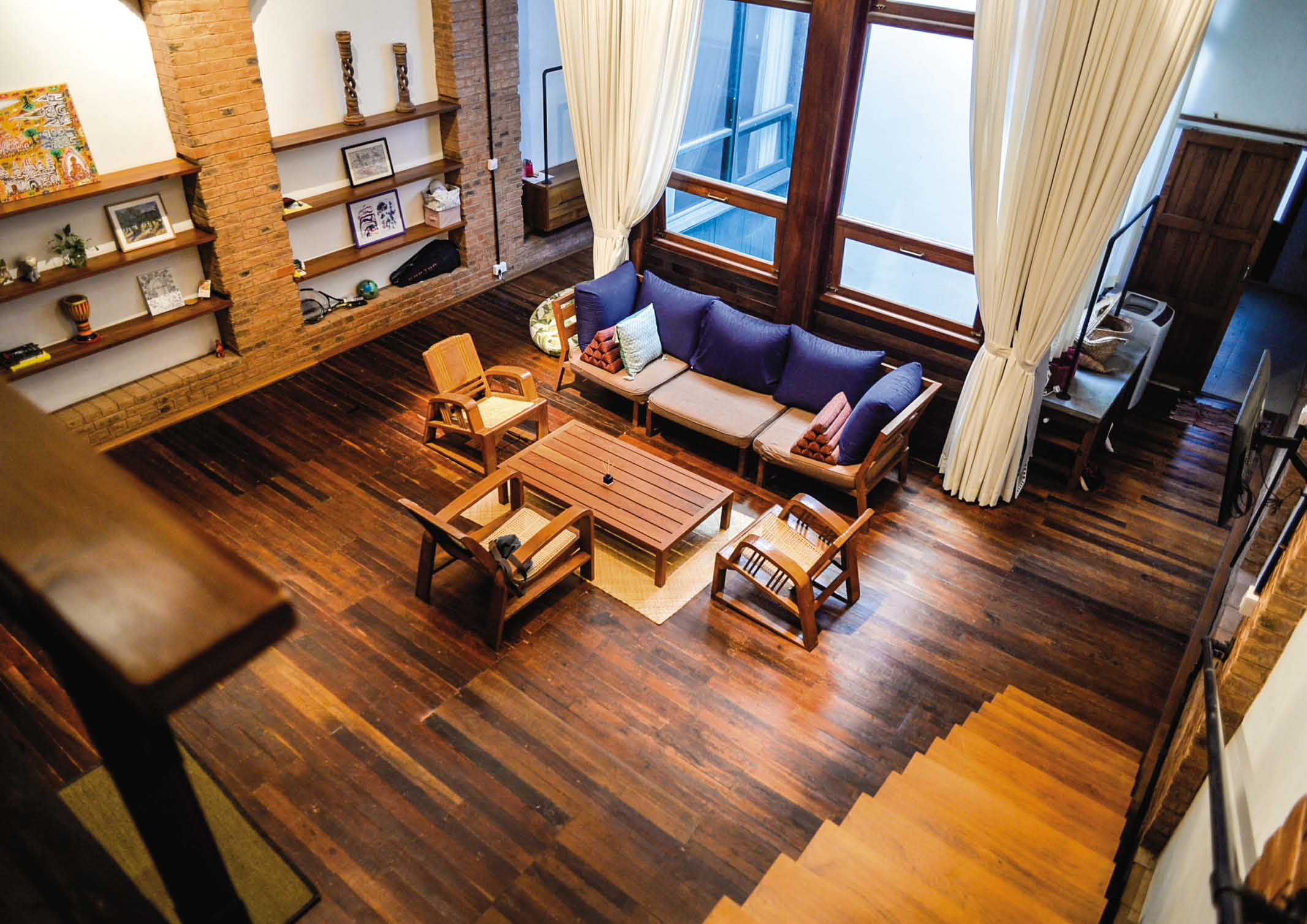
Photos are provided by Doh Eain


